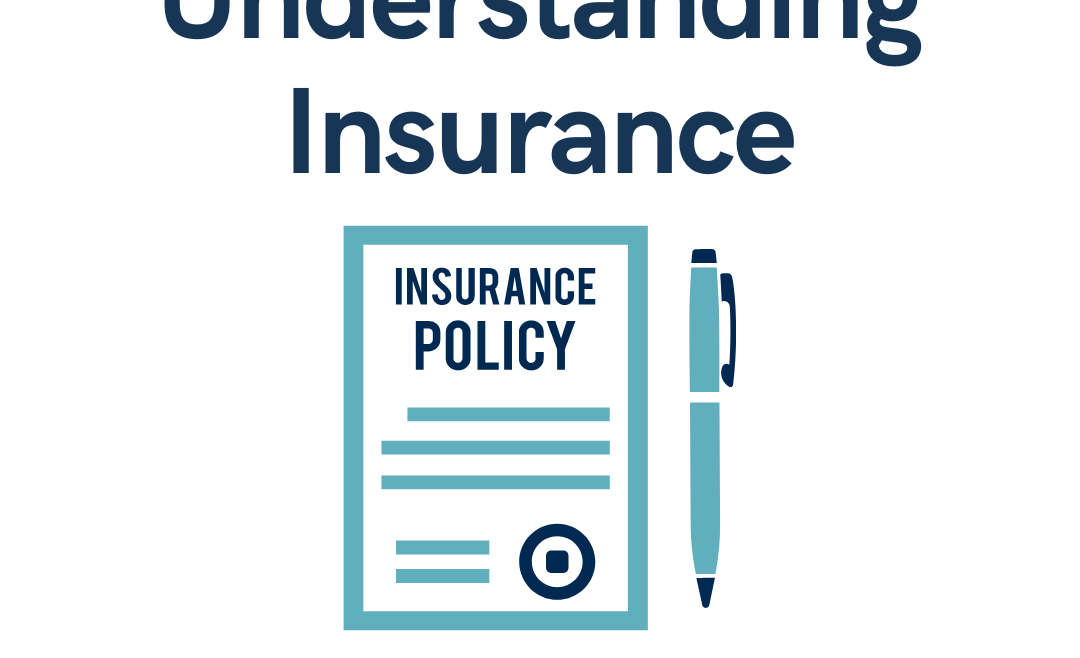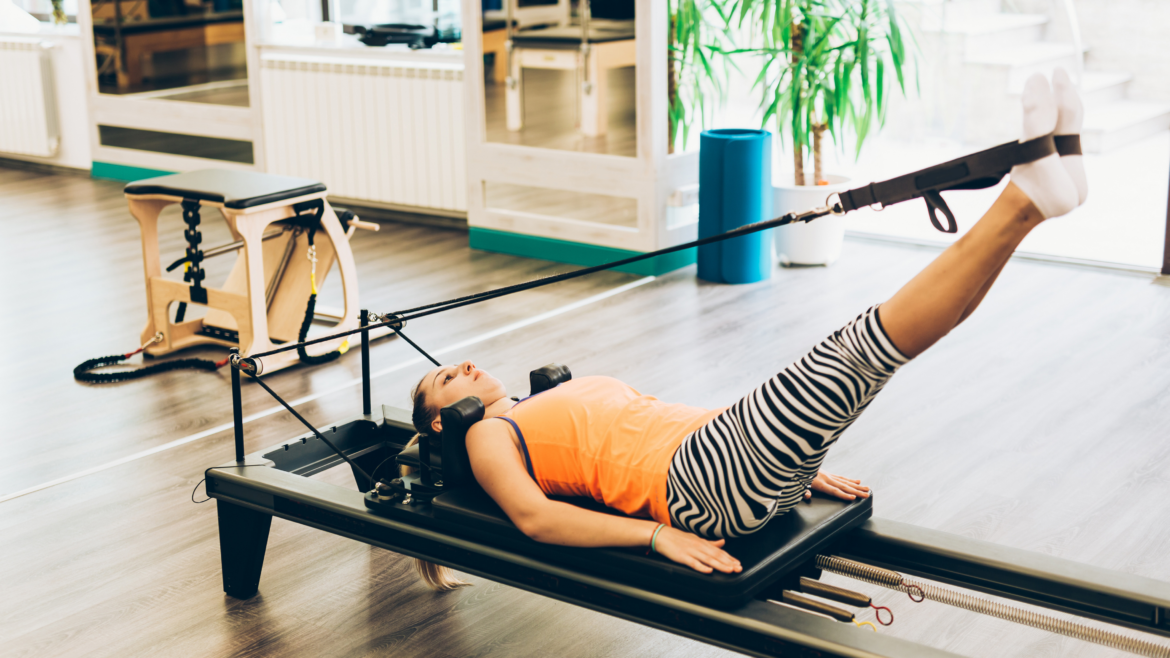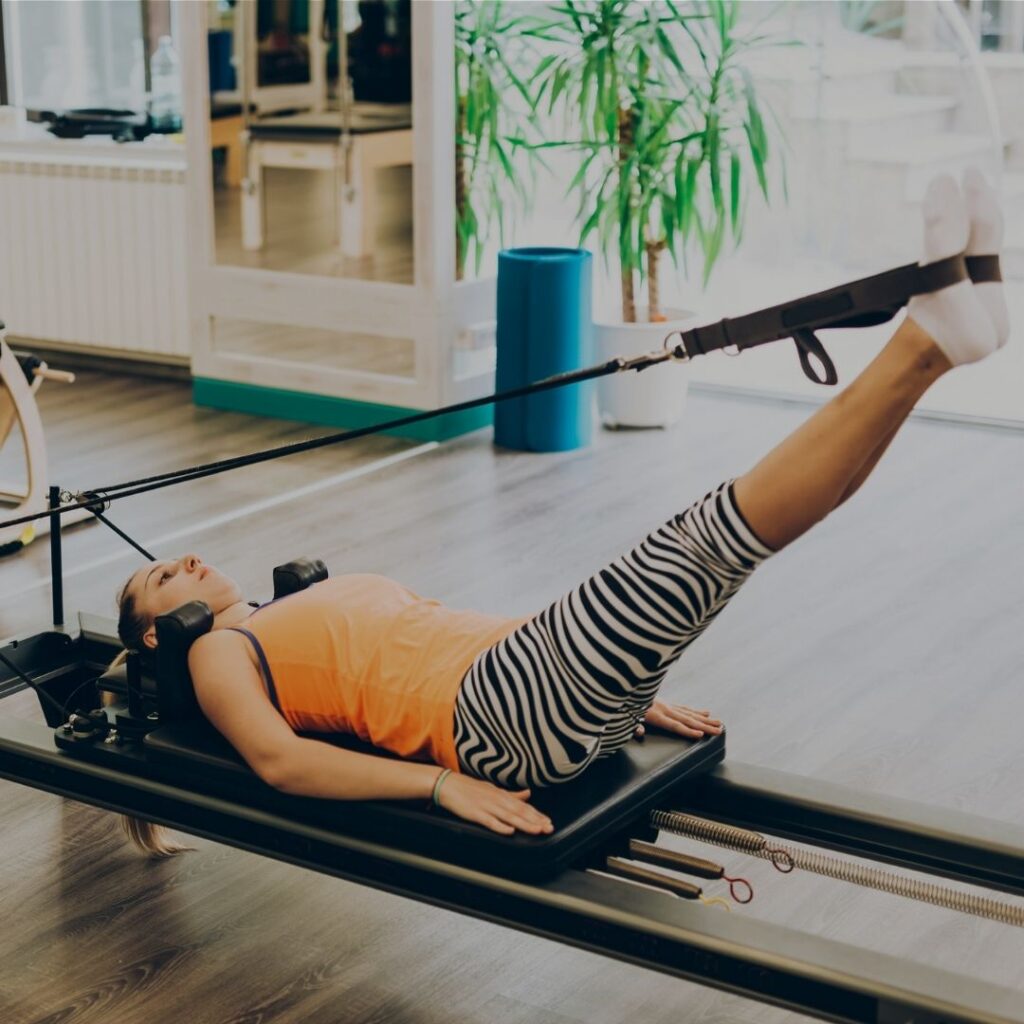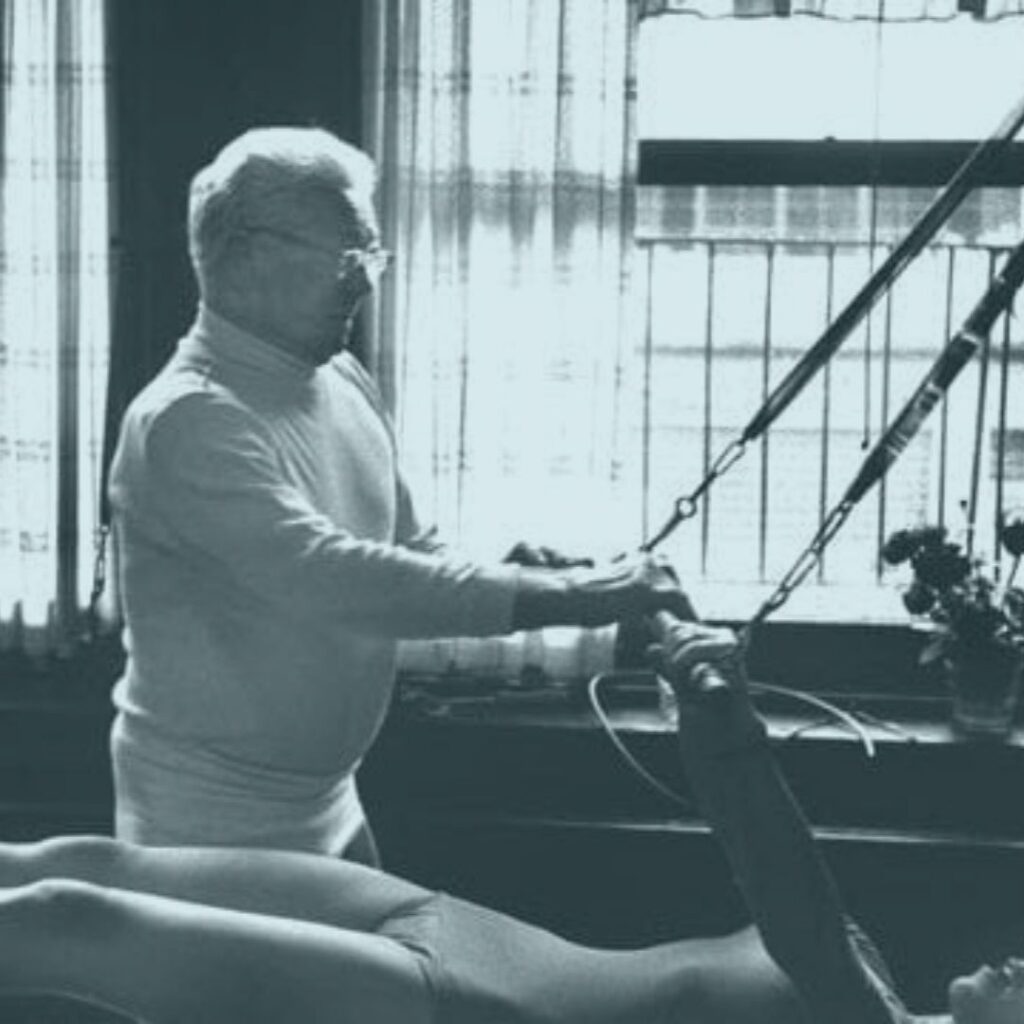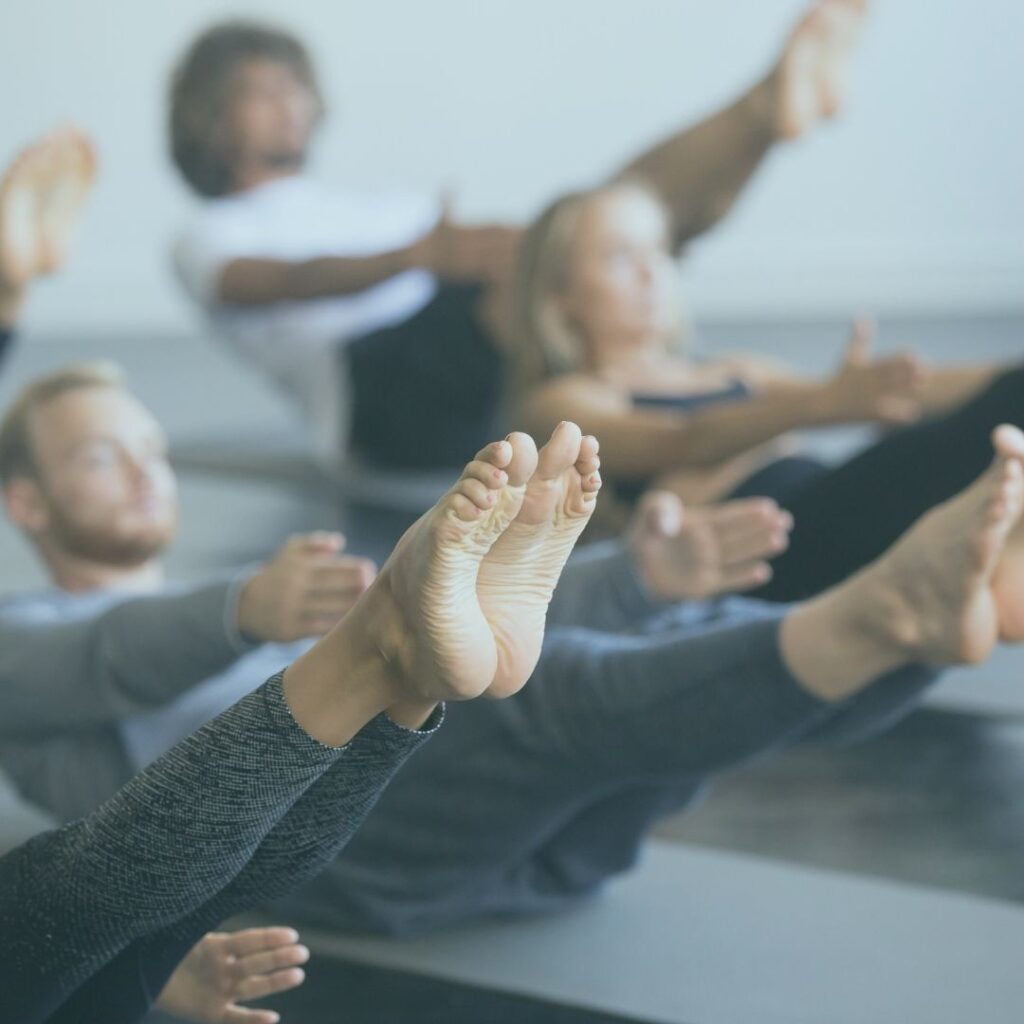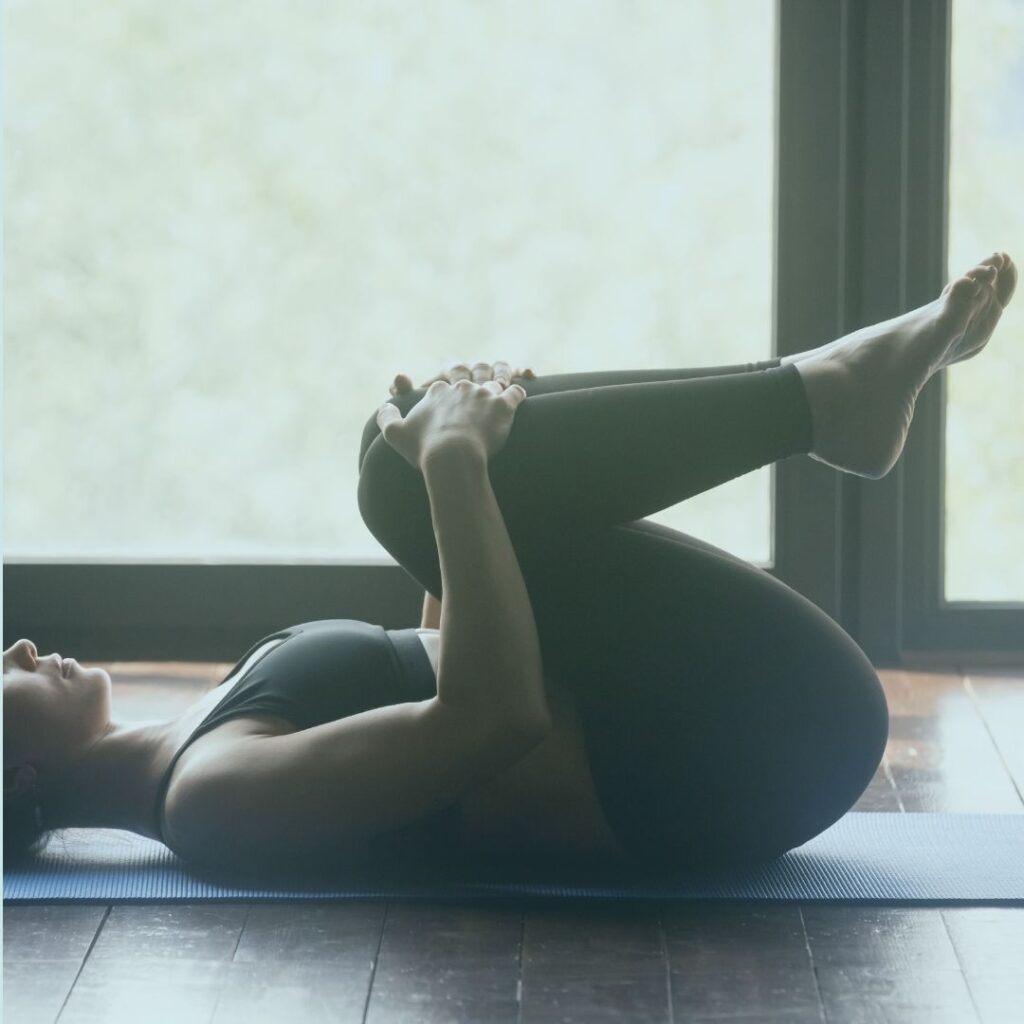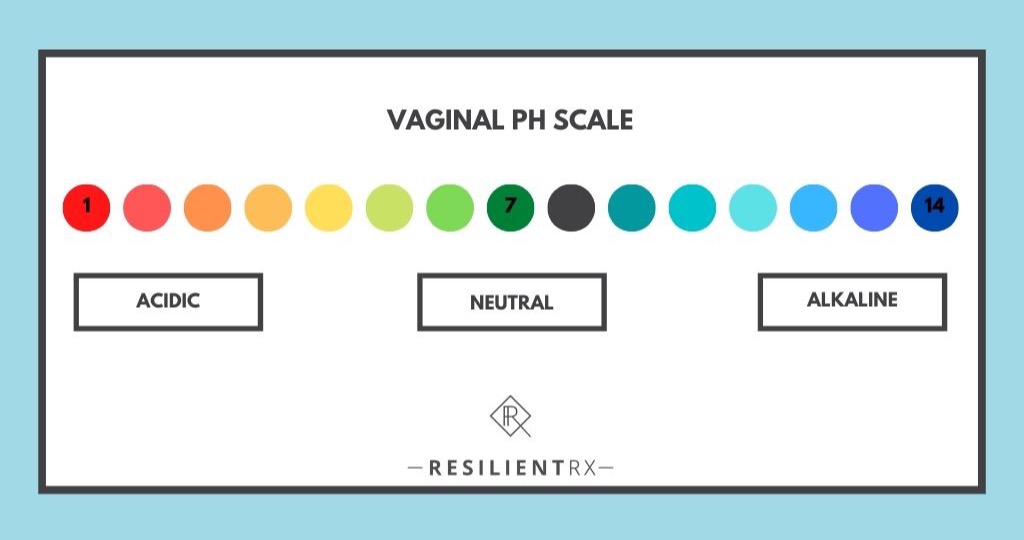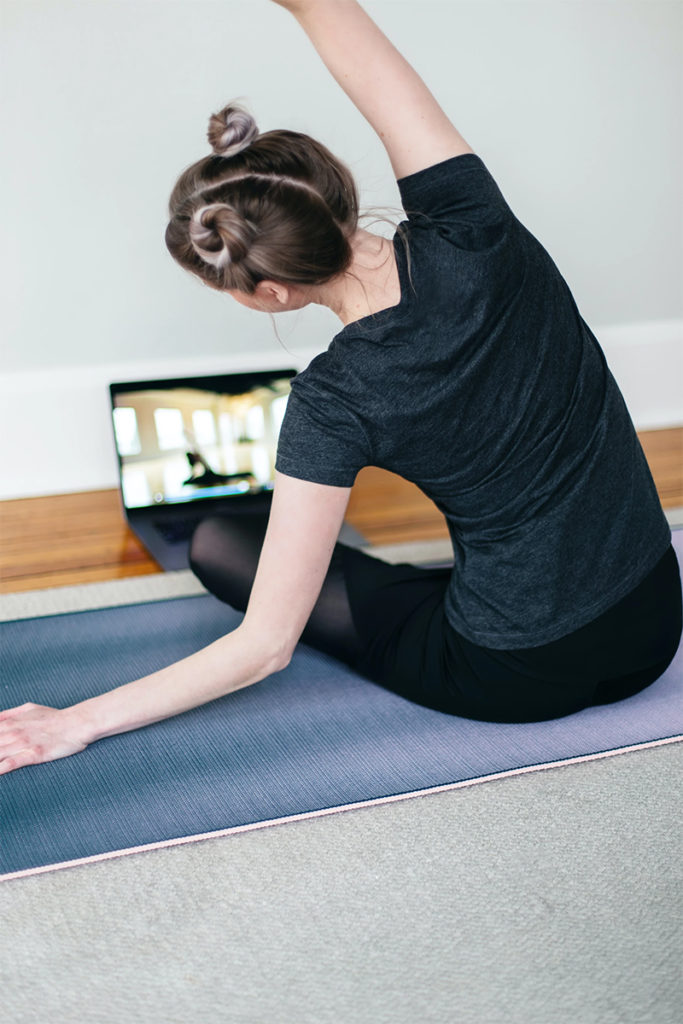When searching for the right physical therapy clinic, many prospective patients will want to know whether or not that practice takes their insurance.
In fact, it’s such a common question that we receive at ResilientRx, we thought we’d make this video to help you gain a better understanding of how the insurance process typically works with PT.
ResilientRx is an out-of-network physical therapy provider. This means that we do not work directly with your insurance, but can give you a super-bill if you have out-of-network benefits. Let us break down insurance because it can be confusing. Sometimes going through your insurance can be much more expensive, but many people are not aware of this.
What is covered anyway?
In traditional, insurance-based PT clinics, also known as in-network clinics, there can often be limitations depending upon the specific carrier and plan a patient has. Each code and treatment plan has to be the exact codes that your insurance covers, which does not commonly happen.
For example, there may be certain situations where some services are not covered, such as dry needling. You could receive additional bills long after you’ve completed physical therapy or only a certain number of visits authorized by the insurance company.
And when certain services aren’t covered, or visit counts are limited, there are many times when the physical therapist has to get on the phone with someone from the insurance company, to justify medical necessity for continued services.
This takes precious time away from what matters most: caring for our patients.
Transparent Pricing
Since ResilientRx is out of network with all insurance carriers, we have the ability to have transparent pricing. There are no surprise bills that you’d ever receive later on. You may think going in-network will be less expensive, however it is not uncommon for certain codes to not be approved which means that on paper it is “covered” when in reality it may get denied and you have to foot the bill months later.
And we have the freedom to work with our clients on their own time, without the insurance company placing restrictions on services or the number of visits.
Below are our prices, however we do offer packages that are good for a year which can discount the rates. Please note all evals are 60-90 minutes to allow for a full evaluation and assessment for future visits
Pricing:
Dr. Mary: $160: 30 min; $225: 60 min; $299: 90 min (Orthopedic and Pelvic Floor)
Dr. Arista: $199: 60 min; $275 for 90 min (Orthopedic and Pelvic Floor)
Dr. Nick: $120: 30 min, $180: 60 min, and $250: 90 min (Orthopedic)
Deductibles
Let’s talk briefly about deductibles. A deductible is a specific amount of money that the patient must pay before an insurance company will pay for a claim.
If you have a high deductible plan, let’s say $5000, then you may be paying out-of-pocket anyway for each visit during your entire course of PT.
Let’s say your copay (the amount you owe every visit) is $50.
In the traditional in-network model, you are often coming 2-3 times per week and spending $100-$150 weekly.
If you go to a hospital based PT clinic, sometimes the charges can be upwards of $400/visit because they charge hospital rates even though you are not technically in the hospital.
And we’d argue that if you are not seeing a physical therapist 1:1, your visits tend to be less efficient and it may take you longer to get better.
More Efficient care
Since we only offer 1:1 care with Doctors of Physical Therapy, we feel our visits tend to be more efficient. This means our clients come less often and get better faster.
Less expense in the long-run
Less time away from work or home
Better quality care.
What’s the main takeaway?
We work for YOU and not the insurance company.
We hope you found this video to be helpful in answering any questions you may have about insurance.
Feel free to reach out to us and we’ll be happy to walk you through this process and answer any questions you may have.


